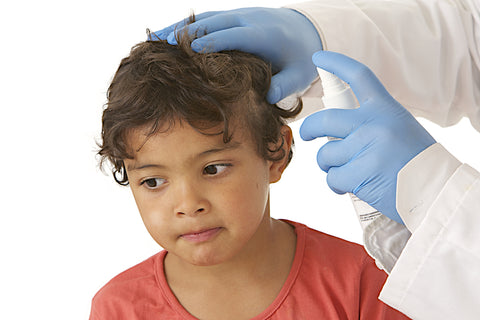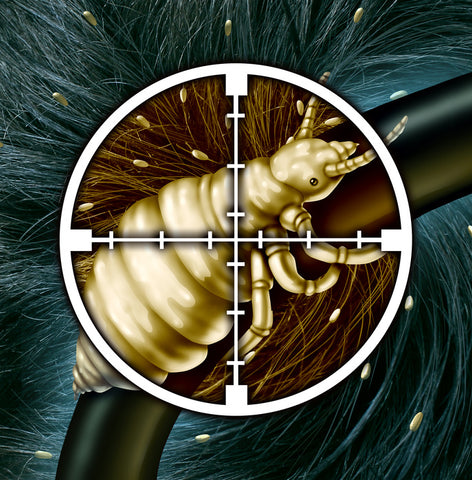Social Media Lice

In the current smartphone era, lice are no longer just a nuisance in local elementary schools. A trend which has been dubbed “social media lice” has led to an uptick in head lice cases in teenagers nationwide. Caused by youths cramming their heads together to take “selfies,” lice are transferred on contact and doctors are taking note of this surge in teenagers with lice, something that was unheard of five years ago. In fact, the trend is causing some school associations to rethink their “no-nit” policies, as evidenced by school officials in Brookings, Oregon. As the spreading of lice continues to evolve in creative ways, so must schools to combat absenteeism and the hidden costs of these pesky parasites.
Lice prevalence is quite common in the United States, with the CDC estimating that up to 12 million infestations occur every year. Female lice can lay up to six eggs, or nits, every day. Eggs are laid on the shaft of hair and those less than six millimeters from the scalp are most likely to hatch. Nits are glued on to the hair by secretions from the female louse. Anyone can technically get lice, although they are most common in small children due to the constant sharing of hats, toys and close contact through playing.
There is often a negative stigma that accompanies contracting lice, however lice are not a health hazard and they are not a sign of poor hygiene. In most school settings, when nits are found in children’s hair they are sent home to avoid spreading the infestations further. This act of removing children from school is known as a “no-nit” policy, and it often leads to shame and embarrassment. This ostracism is only worse in teenage settings and can have a damaging effect on self-esteem.
Through the guiding hands of district school nurse Alice Sandusky, the Brookings-Harbor School Board recently approved a new policy which will keep children with head lice in school to avoid unnecessary embarrassment and cut down on absences. Sandusky points out that, “lice cannot be spread as easily as people might think. The norovirus and the flu spread more easily.” What will the school system do instead? The answer is that both students and parents will be educated as to how to both eliminate and prevent head lice. Although surprised given the prevalence of the traditional “no-nit” policy, District Superintendent Sean Gallagher was relieved that the school district’s policy is changing in order to combat chronic absenteeism.
In fact, Sandusky said the American Academy of Pediatrics, the CDC and the National Association of School Nurses advocate that no-nit school policies should be discontinued for the following reasons:
- Many nits are more than a quarter-inch from the scalp. Such nits are usually not viable and very unlikely to hatch to become crawling lice — and often are empty shells, also known as “casings;”
- Nits are cemented to hair shafts and are very unlikely to transfer successfully to other people; and
- The burden of unnecessary chronic absenteeism to the students, families and communities far outweighs the risks associated with head lice.
All this sounds great, but what does this mean for parents of school-aged children? While no-nit policies may be trending towards extinction, the fact still remains that lice prevalence in schools remain a problem and that “social media lice” aren’t the last lice fad which will create havoc in school settings. Sandusky’s goal, and one which is shared by many of those fighting on the front lines, is to continue to educate parents and children. Children and teens alike need to be cognizant of sharing their personal space when taking photos, and parents need to be diligent in continuously checking their kids’ hair for lice and nits.
Dealing with a Lice Infestation in Your Home?
Buy the RobiComb Today and Kill the Lice on Contact!
No Chemicals. Safe for Kids.
Buy Today at Your Local Pharmacy



- Carson eCommerce Collaborator









Comments 0